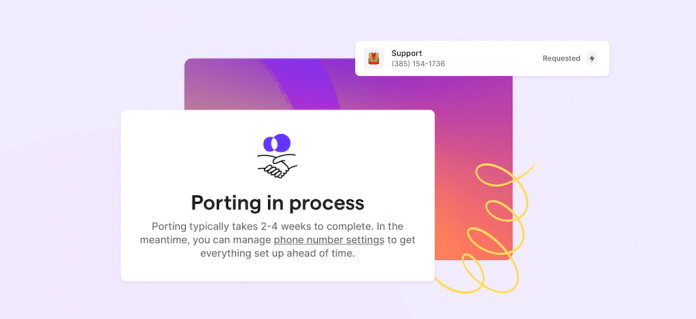Porting your phone number from one service provider to another has become increasingly popular, offering individuals and businesses the flexibility to switch providers while retaining their existing phone numbers. Whether you’re dissatisfied with your current service, moving to a new location, or looking to consolidate multiple numbers, number porting allows for a seamless transition. Through this blog, let’s explain the why’s and how’s of portos your number. Let’s get started!
What is Number Porting?
Number porting refers to the process of transferring your existing phone number from one service provider to another, like from Jio to Airtel Postpaid SIM, From Vi to Airtel, etc. It allows you to keep your phone number even if you switch to a different network or service provider.
When Should You Consider Porting Your Number?
There are several scenarios in which you might consider porting your number:
- Changing Service Providers: If you are unhappy with your current service provider due to issues such as poor network coverage, high costs, or unsatisfactory customer service, you can decide to switch to a different provider while keeping your existing phone number.
- Relocation: If you are moving to a new city which has better connectivity for other operators and want to retain your familiar phone number, porting allows you to keep your existing contacts and avoid the inconvenience of informing everyone about a new number.
- Consolidating Multiple Numbers: If you have multiple phone numbers from different providers, porting enables you to merge them into a single provider and simplify your communication.
What is the Process to Port the Number?
The process of porting your number involves several steps, which may vary slightly depending on the specific operators. Here’s a general outline of the porting process:
- Research and Choose a New Service Provider: Before initiating the porting process, research and select a new portos service provider that meets your requirements in terms of network coverage, pricing plans, and additional services. Ensure that the new provider supports number porting.
- Contact the New Service Provider: Get in touch with the new service provider and express your interest in porting your number. They will guide you through the necessary steps and provide you with the required forms or documents to initiate the process.
- Submit Porting Request: Now, submit a porting request. This typically involves filling out a porting form and providing your current account information.
- Verification and Confirmation: The new service provider will initiate the porting process. During this time, there may be some verification steps to confirm your identity and ownership of the number. It’s crucial to provide accurate information and respond promptly to any requests for verification.
- Waiting Period: The porting process usually takes a few days to complete, although it can vary depending on the specific circumstances. During this waiting period, you should continue using your current service until the portos is confirmed. You should just check the port number status frequently.
- Activation of the Ported Number: Once the porting process is complete, your number will be activated with the new service provider. At this portos, you can start using your phone with the new network, and all calls and messages will be directed to your ported number.












